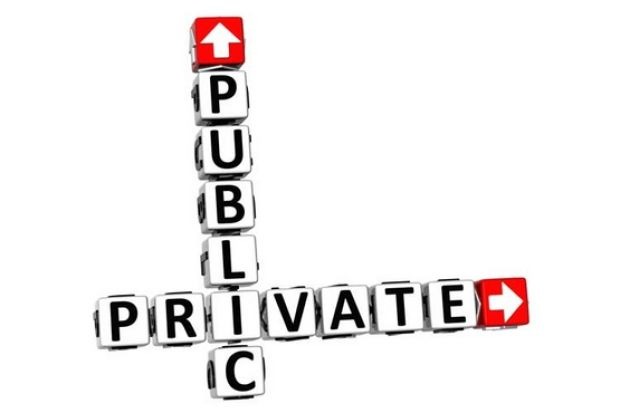Nick Hillman, former special adviser to David Willetts, likened the status quo – left by the coalition government’s failure to introduce a higher education bill – to an “unkempt meadow”.
Writing in his first pamphlet as Hepi director, Mr Hillman picks out eight “pinch points” in the current regulatory system where different rules apply to different providers.
Among the ideas floated by the pamphlet is that private providers could be granted access to public research funding.
Mr Hillman said: “The coalition promised a level playing field for all higher education providers. But that has not happened.
“Critical features of English higher education are different depending on the type of provider. They include fees and loans, the treatment of international students, VAT, degree-awarding powers and student complaints. In place of a level playing field, we have an unkempt meadow.”
By focusing on rules affecting private providers in his first pamphlet, Mr Hillman may invite criticism that he is still preoccupied with Mr Willetts’ policy agenda to encourage private providers.
However, in an interview with Times Higher Education Mr Hillman rejected the idea that the pamphlet focuses on private providers.
He said: “It focuses at a weak spot in UK HE, particularly English debate, which is do we have the right regulatory regime? And you cannot discuss that issue by ignoring alternative providers.”
The pamphlet does not distinguish between for-profit and non-profit private higher education providers. Critics of for-profits argue they act differently to non-profit providers and should be subject to distinct regulation.
On funding, the pamphlet notes that students at private providers can claim a maximum of £6,000 a year in public-backed fee loans – but private colleges can charge a total fee above this level. Meanwhile, universities are capped at £9,000 for both fee loans and the ultimate fee.
The pamphlet floats three options: retaining the status quo, giving universities the freedom to charge above £9,000, or “imposing the same fee and loan caps and the same
[Office for Fair Access] requirements on all providers that are designated for student support purposes on the original principle of a level playing field”.
Another regulatory difference involves international students. Those at private colleges are restricted from working while studying – while international students at universities are allowed to undertake limited work.
“Some believe the government could lose if legal action were brought by alternative providers opposing their differential treatment on students’ working rights,” the pamphlet says.
On HMRC’s failure to introduce a VAT exemption for private providers to match that enjoyed by universities, the pamphlet says it is an “example of one arm of government hindering another” in terms of the goal of encouraging competition from private providers.
Mr Hillman concludes in the pamphlet that “the sector could usefully apply pressure to all political parties on the question of whether they intend to legislate for a new regulatory framework after the next election.
“The answer may not affect the electoral fortunes of politicians but it will affect the educational fortunes of thousands of students and the long-term reputation of the UK’s higher education sector.”
Register to continue
Why register?
- Registration is free and only takes a moment
- Once registered, you can read 3 articles a month
- Sign up for our newsletter
Subscribe
Or subscribe for unlimited access to:
- Unlimited access to news, views, insights & reviews
- Digital editions
- Digital access to THE’s university and college rankings analysis
Already registered or a current subscriber? Login




